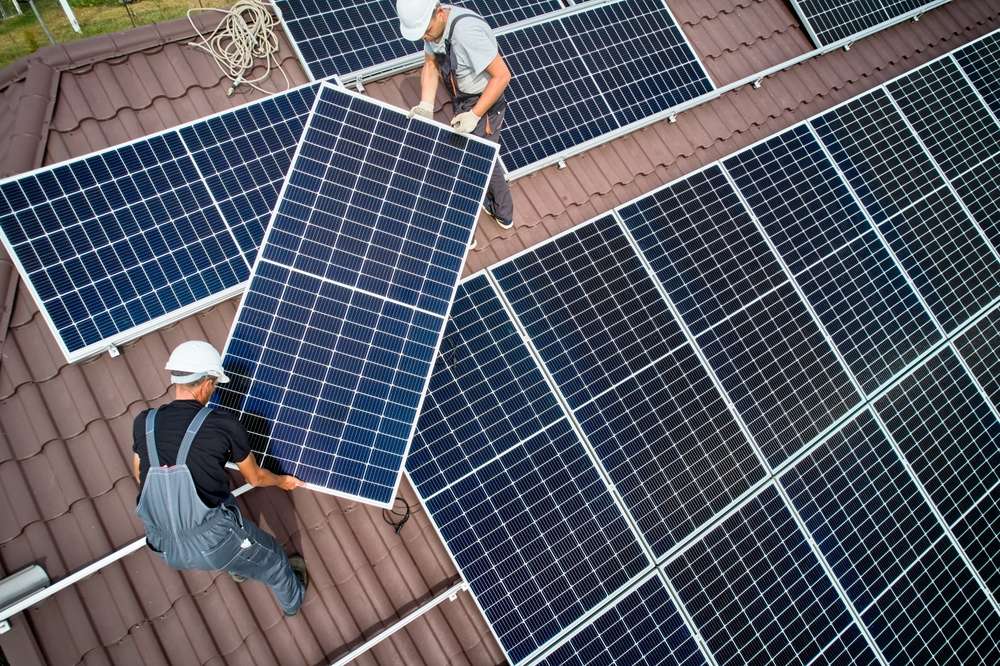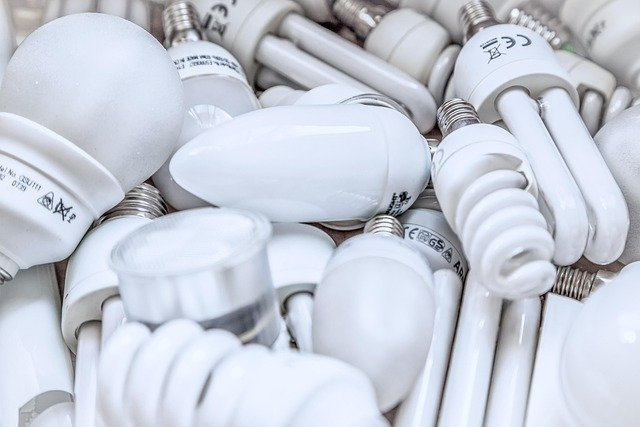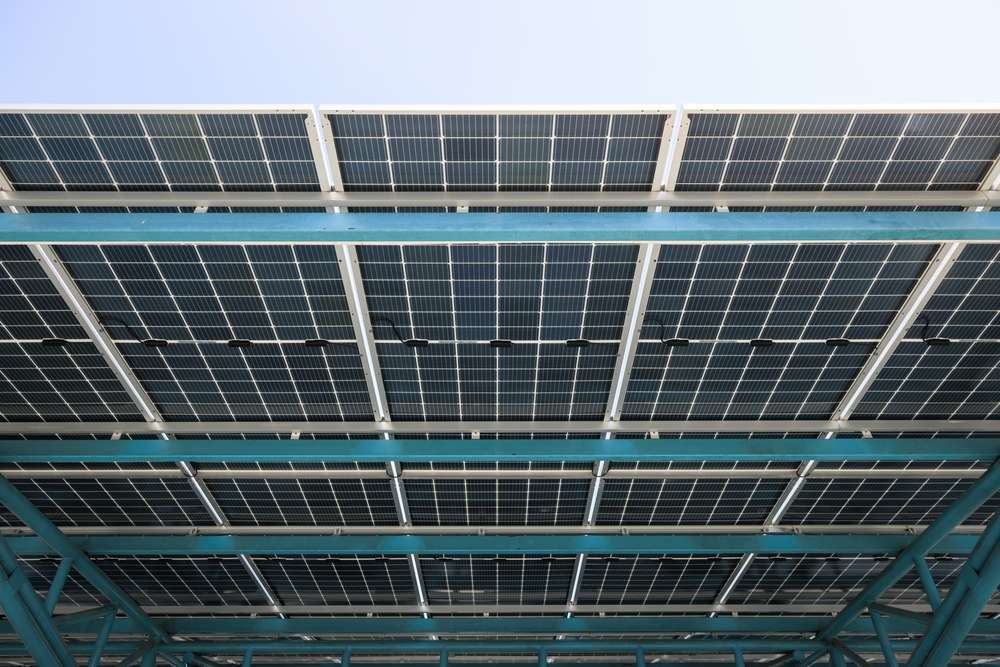Solar Panel Upgrades & Battery Incentives
Homeowners across Australia are increasingly looking at ways to enhance their solar energy systems while taking advantage of government incentives. Solar panel upgrades and battery storage systems offer significant opportunities to improve energy efficiency, reduce electricity bills, and benefit from various rebate programs. Understanding the financial incentives available and the potential returns from upgrading existing solar installations can help homeowners make informed decisions about their renewable energy investments.

Benefits of Upgrading Your Solar Panels for Increased Efficiency
Modern solar panels offer substantially higher efficiency rates compared to systems installed even five years ago. Upgrading from older panels to newer technology can increase energy production by 15-25% on the same roof space. Newer panels feature improved silicon cell technology, better light absorption capabilities, and enhanced performance in low-light conditions.
The efficiency gains from upgraded panels translate directly into increased electricity generation. This means more power for household consumption and potentially greater feed-in tariff returns. Modern panels also come with extended warranties, typically 20-25 years for performance guarantees, providing long-term security for your investment. Additionally, newer systems often include smart monitoring capabilities that allow homeowners to track energy production and consumption in real-time.
Exploring Government Incentives for Home Battery Storage Systems
Australian homeowners can access various government incentives for battery storage installations. The federal Small-scale Renewable Energy Scheme provides Small-scale Technology Certificates (STCs) for eligible battery systems, reducing upfront costs. Several state governments also offer specific battery rebates and interest-free loans.
Victoria’s Solar Battery Rebate provides up to $4,174 for eligible households, while South Australia offers subsidies through the Home Battery Scheme. New South Wales has implemented the Empowering Homes program, providing interest-free loans for solar and battery installations. These programs typically have income thresholds and property value limits, making them accessible to middle-income households seeking to invest in energy storage solutions.
How Solar Panel Upgrades Can Lower Energy Bills
Upgraded solar panels can significantly reduce electricity bills through increased energy production and improved system efficiency. Higher-efficiency panels generate more power during peak sunlight hours, reducing reliance on grid electricity during expensive peak periods. This is particularly beneficial as electricity prices continue to rise across Australia.
Battery storage systems complement panel upgrades by storing excess solar energy for use during evening hours when electricity rates are highest. This time-shifting capability can reduce electricity bills by 60-80% for households with appropriate energy consumption patterns. Smart energy management systems can automatically optimise when to use stored battery power versus grid electricity, maximising savings based on time-of-use tariffs.
Understanding Tax Credits and Rebates for Solar and Battery Installations
The federal government’s Small-scale Renewable Energy Scheme provides the primary tax benefit for solar and battery installations. STCs are created based on the expected energy generation over 15 years, with certificates traded to reduce installation costs. The value of STCs varies with market conditions but typically reduces system costs by $500-$1,500 for residential installations.
State-based rebates vary significantly across Australia. Queensland offers interest-free loans through the Solar and Battery Program, while Western Australia provides rebates through Synergy’s Distributed Energy Buyback Scheme. Tasmania’s Battery Storage Information Package provides guidance on available incentives, though specific rebate amounts depend on current program funding. These incentives often have application deadlines and limited funding, making timing crucial for potential applicants.
| System Type | Provider | Cost Estimation | Available Incentives |
|---|---|---|---|
| 6.6kW Panel Upgrade | Various installers | $4,500-$7,500 | STCs: $800-$1,200 |
| 10kWh Battery Storage | Tesla/Enphase/sonnen | $12,000-$18,000 | State rebates: $2,000-$4,000 |
| Combined System | Local solar companies | $15,000-$23,000 | Combined incentives: $3,000-$5,500 |
Prices, rates, or cost estimates mentioned in this article are based on the latest available information but may change over time. Independent research is advised before making financial decisions.
Solar panel upgrades and battery storage systems represent a significant investment opportunity for Australian homeowners. The combination of improved technology, substantial government incentives, and rising electricity costs creates favorable conditions for renewable energy investments. With proper planning and understanding of available incentives, homeowners can achieve substantial long-term savings while contributing to Australia’s renewable energy transition. The key to maximising benefits lies in researching current incentive programs, obtaining multiple quotes from accredited installers, and considering both current and future energy needs when designing system upgrades.




